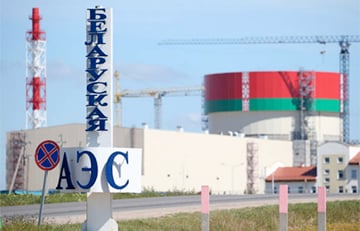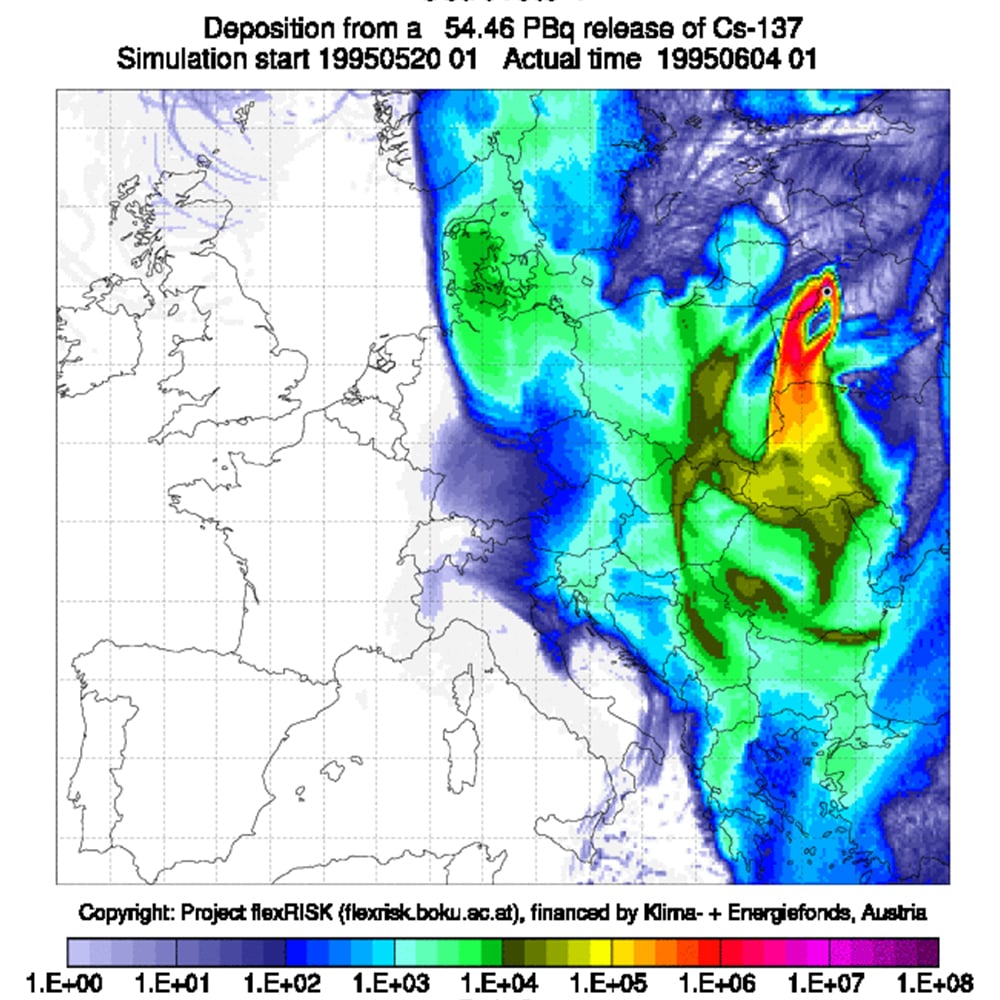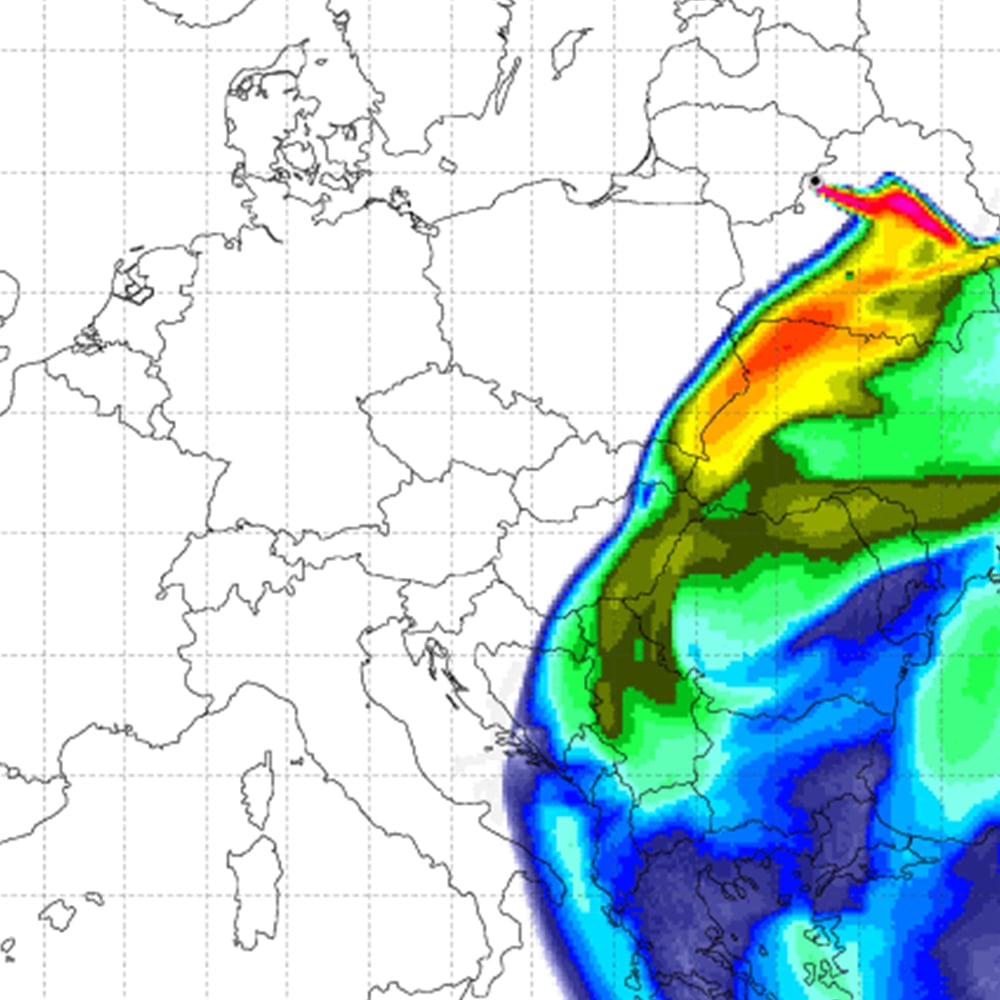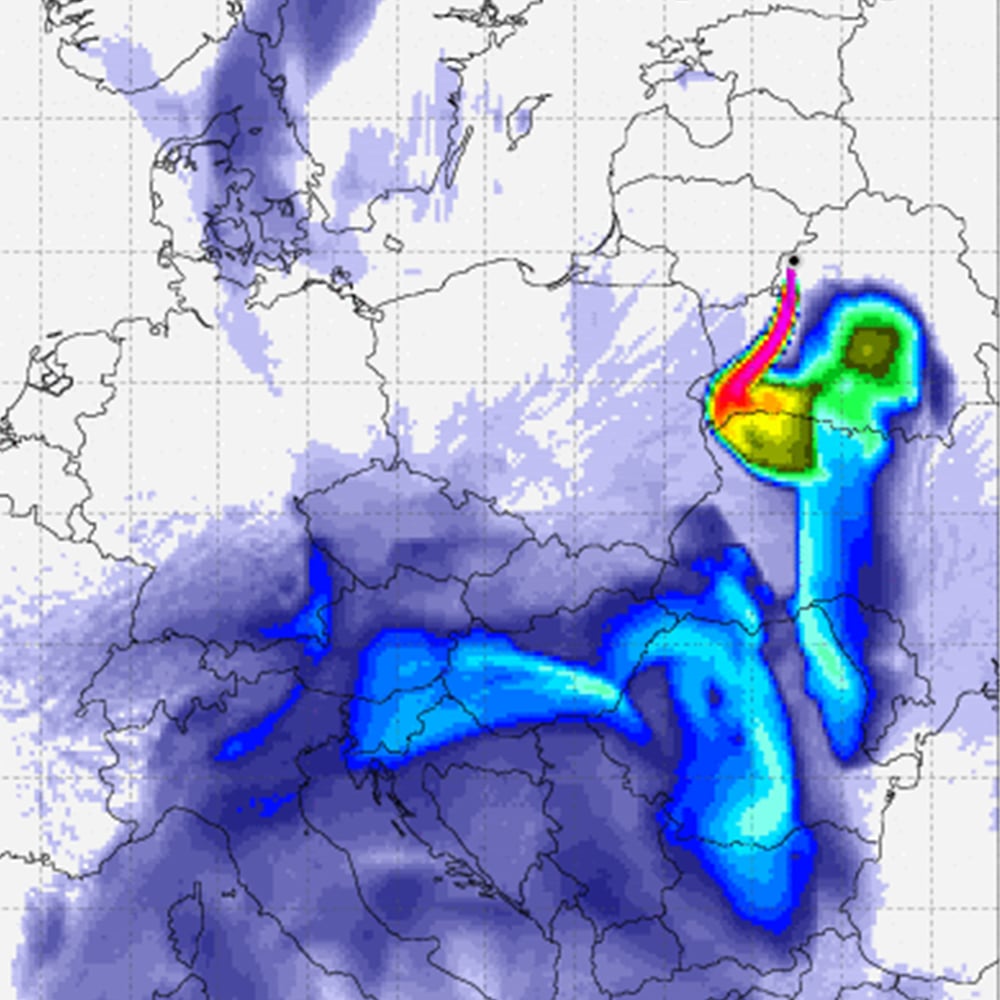May BelNPP Turn Into 'Dirty Bomb'?
16- 22.11.2022, 8:25
- 14,796

The radiation is capable of reaching Riga or Warsaw.
Ukrainian intelligence has reported that Russian special services are planning a series of terrorist attacks on the territory of Belarus, including - at the BelNPP.
How realistic is such a scenario today? Charter97.org asked Marius Laurinavicius, senior analyst of the Vilnius Institute of Political Analysis, to give his assessment:
- It is hard to say. If Russia is ready for it, it is more likely that they will do something at nuclear power plants in Ukraine itself - at the Zaporizhzhia nuclear power plant and other facilities.
If terrorist acts are being prepared, they must be part of this war and have certain goals. A terrorist act against a nuclear power plant in Belarus may have some connection with the war, but it is unlikely to have a direct impact on the situation.
Lithuanian authorities and services have been on high alert since the start of the war. Exchange of information with other Western countries and intelligence sources is going on. Lithuanian authorities are prepared for any possible scenarios, but I have no information that they're preparing for such a scenario.
Will the BelNPP Become a "Dirty Bomb"?
Well-known Russian nuclear physicist Andrei Ozharovsky told Charter97.org what consequences may follow a terrorist attack at the nuclear plant in Astravets:
- Any nuclear power plant can be used as a "dirty bomb", as a source of radiation hazard because any operating nuclear power plant contains large amounts of artificial radionuclides. I cannot comment on intelligence data, but we know that nuclear plants sometimes explode without any external influence. This was the case in Chernobyl, where the reactor exploded due to design flaws. Plants also explode due to natural phenomena, as was the case in Fukushima. Even though the nuclear power plant was prepared for events such as earthquakes and tsunamis, it turned out that not all scenarios had been taken into account.
And, of course, if some perpetrators are preparing or want to turn a nuclear power plant into a source of radiation danger, it is not very difficult for them to do so. The most dangerous thing is to mine the reactor. If it is in operation, and the Belarusian reactor has just been switched on, it means that it is under high pressure - about 16 Megapascal and its temperature is about 300 degrees Celsius. If the pipeline of the primary circuit, the steam generator (which is even worse), or the reactor itself gets ruptured, the radionuclides accumulated there are released into that very containment. If it is somehow destroyed by intruders, there will be no barriers to contain the spread of radionuclides. I know of several scenarios that are more realistic than I have described to you, but I would prefer not to talk about them. The specialists do know them, and I don't want to give advice to non-specialists on how exactly to turn any nuclear power plant into something like Chernobyl.
Not Only Vilnius, But Also Warsaw And Riga Are In Danger
Andrei Ozharovsky's assessment is based on data of flexRISK research carried out in 2012:
- Austrian researchers commissioned by their government evaluated various nuclear power plants in Europe. They took the most severe release scenario, but unrelated to military action or sabotage. The scientists looked at accidents caused by internal causes. An accident caused by sabotage can have even more serious consequences.
The study provides a set of possible scenarios for the fallout of various radionuclides from an accident, including one at the Astravets nuclear power plant. They applied their model to Russian, Ukrainian and Belarusian nuclear power plants as well. It was known already in 2012 what type of reactor would be used and where it would be located.
The Austrians calculated various options and mapped the possible fallout of cesium-137. The reason cesium was chosen is because it is something that would be visible in the event of an accident, something that dosimetrists on the ground would immediately record. The maps show in yellow the areas that could be so contaminated that there would be problems with farming there.
products will be considered as waste according to current regulations and cannot be used. The areas in red are those where protection measures, possibly temporary sheltering or other measures would be necessary. Areas marked in burgundy will have more than 10 megabecquerels per square metre - these are areas where evacuation and resettlement of the population will be required. Obviously, within each zone, there may be cleaner and dirtier sections, i.e. it is not certain that the yellow zone will not require evacuation of citizens. It all depends, roughly speaking, on the direction of the wind.




The contamination could cut Belarus and maybe even Lithuania, as the station is actually on the border. There is a scenario where it could reach Riga or Warsaw. Nothing, actually, has changed since Chernobyl, when radionuclides spread for hundreds of kilometres. There are still settlements in Mahiliou region where it is impossible to live because of that Chernobyl cesium. So here too, although the reactors are based on a different physical principle, what matters for the environment is the reactor power, the amount of fissile material and the waste that is released in an accident.
When an accident occurs due to internal causes or the actions of perpetrators, huge areas, hundreds of square kilometres, can be subjected to contamination. The maximum range to which it can reach, if we are talking about agriculture, is 200-300 kilometres. If we are talking about the evacuation of people, it is about one hundred kilometres, possibly two.
I repeat this once again - this is scientific data, a study conducted by the Institute of Earth Sciences in Vienna. It is not the material of activists or of the nuclear industry itself.
I would remind you that when the Astravets nuclear power plant was being built, there were public hearings. They were lying there that the impact of this Russian nuclear reactor would be no more than 600-800 metres and three kilometres of impact on agriculture. But in reality it is quite the opposite.
At those very hearings in Astravets, where I was arrested so that I wouldn't tell how the citizens were being deceived, the Belarusian authorities showed entirely untrue assessments.









